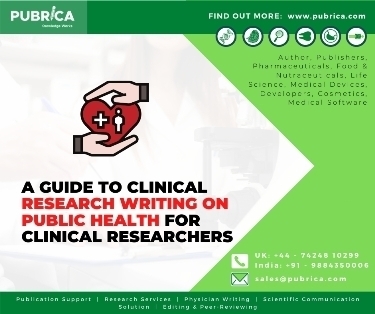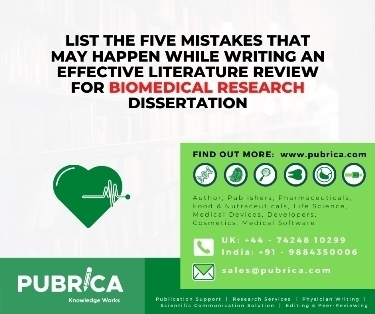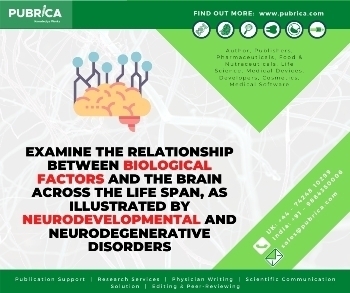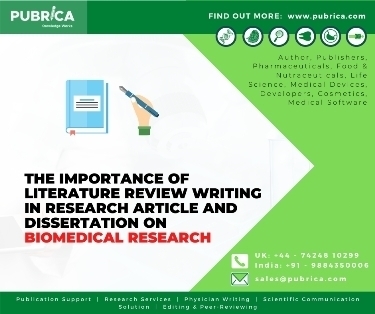
A GUIDE TO CLINICAL RESEARCH WRITING ON PUBLIC HEALTH FOR CLINICAL RESEARCHERS
July 25, 2020
List the five mistakes that may happen while writing an effective literature review for biomedical research dissertation
July 29, 2020In-brief
- Case study report writing is an important component of scientific medical writing.
- However, legal obligations for writing a case report are strict to safeguard identity, privacy, and interests of the data subject.
- GDPR formulated by hey the European Union Is an important step towards ensuring the same.
Reporting a case
Case reporting is an integral part of knowledge dissemination in medical science. A single case is often reported to highlight circumstances during management of not so common diseases. Writing a case report is a quick way to report unique cases, sharing information about the difficulty in diagnosis, unique approach required for management of the case and the learning outcome.
Kidney transplant patient with mild COVID-19
COVID-19 pandemic has been a challenge in both the developed as well as developing countries with respect to prediction of the outcome in different patients, prognostic factors, and management protocols. Mortality rate of 1-6% Has been reported from different parts of the world. Comorbidities like diabetes, hypertension, obesity, specially in the elderly population are known to contribute to poor prognosis. Like all other viral diseases, COVID-19 presents in an atypical manner in immunocompromised and immunosuppressed patients. Hence, often diagnosis in such patients is based on strong clinical suspicion rather than laboratory investigations.
Aprilia et al have reported clinical features and treatment approach for a patient with kidney transplant and COVID-19. They have recommended that the screening protocols should be re-evaluated in patients in patients with solid-organ transplant.
CARE guidelines (Case Report)
These are guidelines recommended by experts around the world for case study writing to improve the accuracy, transparency, and quality of reporting so it is beneficial to all stakeholders. they include patients, clinicians, researchers, hey academicians, authors, and medical journals. Case report writing services utilise the checklist provided by CARE guidelines on how to write a medical case report. These guidelines have been endorsed time and again and translated in over 10 languages, hence, best case report writing services use them extensively. The checklist broadly consists of title, keywords, abstract, introduction, patient information, clinical features, timeline, diagnostic assessment, therapeutic intervention, follow up and outcome, discussion, patient perspective, and informed consent. The detail checklist is available on their website for help in case study writing.
Patient consent
Reporting a case has its own challenges, the most important being protecting the identity and privacy of the patient. A written, informed, and valid consent should be taken from the patient or the guardian prior to reporting the case. Medical case study report writing need this prior to publishing diagnostic reports and images of the patient. Care should be taken such that the identity of the patient is not revealed in any form through them.
Consent should be written format always and should be executed by an authorized person. The consenting person should be informed in detail about the risks of being identified and the measures taken for the same. Information transmitted to the consenting person should be transparent, complete, in a dialect that the patient can follow, in a simple manner, and impartial. The consent should be valid implying that the consenting person is mentally fit to provide the consent. The terms and conditions should include whether the final version of the case report is approved, or approval is given without seeing the final version. The patient or the guardian has every right to consult and have a legal representative.
Often it may not be possible to obtain a written, valid consent, and under these circumstances, one should follow the legal provisions of that state/country. In any case, a perfect documentation helps avoid unnecessary future legal complications.
General data protection regulation (GDPR)
The GDPR was drafted and passed by the European Union (EU) on May 25th, 2018 and imposes obligations on all organizations anywhere in the world data concerned with collecting and reporting data related to people in the EU. It is the harshest privacy and security law in the world with heavy penalty. GDPR outlines various articles related to lawfulness of processing, conditions for consent, and principles related to processing personal data. Guidelines related to consent in case a child is the subject is out lined in article 8. The principles of lawfulness and fairness require that data processing has its lawful basis and that participants know how their data are being processed, as well as ensuring that processing is aligned with their expectations. Processing of data for research purposes is covered in article 9 while article 10 provides guidelines for processing data related to criminal proceedings and offenses. Articles 12 to 23 are related to the rights of the data subjects. There is increased emphasis on maintaining transparency with the data subject through appropriate communication. The right to access of the data is also outlined here.
GDPR has great significance in today’s world where a lot of data is open data. Open data includes publication of research findings on the internet, primary data in the public domain, and availability of data to other researchers through various channels. Data published in the public domain should be such that human participants cannot be identified from it.when research findings describe cumulative data, individual cases cannot be identified. However, images and reports specially of rare outliers could unintentionally reveal identity of data subject. Prior written permission for publication is a must in case participants can be identified either singularly or by combination with other data available to access.
Conclusion
To conclude, a proper consent for publication of case study is to be ensured and adequately documented from the patients, guardian, legal representatives, or other relevant authorities.
References
- Roguljić, M., Ščepanović, R., & Rees, M. (2020). Writing case reports, consent for publication and General Data Protection Regulation (GDPR). Case reports in women’s health, 27, e00204.
- Arpali, E, Akyollu, B, Yelken, B, Tekin, S, Turkmen, A, Kocak, B. Case report: A kidney transplant patient with mild COVID‐19. Transpl Infect Dis. 2020; 00:e13296.
- CARECase Report Guidelines.
- Rees M., Corson S.L. Publication of medical case reports and consent. Case Rep Womens Health. 2017 Jul 26;15:A1–A2. doi: 10.1016/j.crwh.2017.07.002.
- RoguljićMarija, Wager Elizabeth. Case Rep Women Health. 2020 April. Consent for publishing patient photographs; p. 26. e00194.
- EU General Data Protection Regulation Available from. (GDPR)
- Cornock M. How the writers of case reports need to consider and address consent and the general data protection regulation (GDPR) Case Rep Womens Health. 2018;19 e00060.


